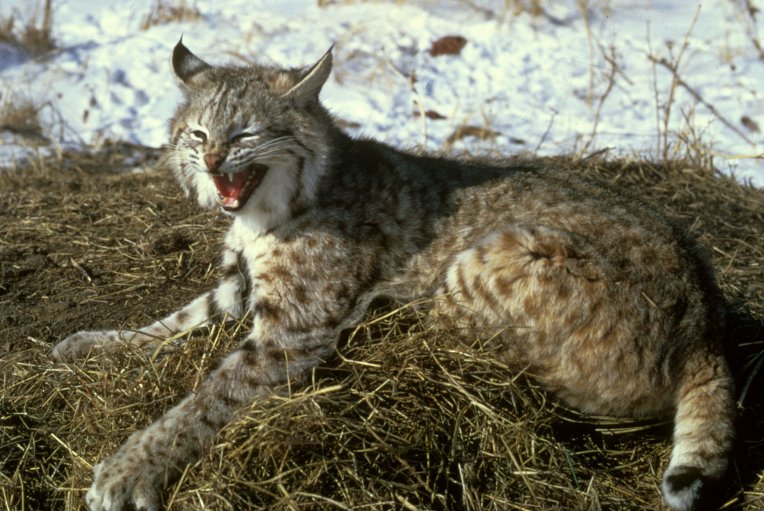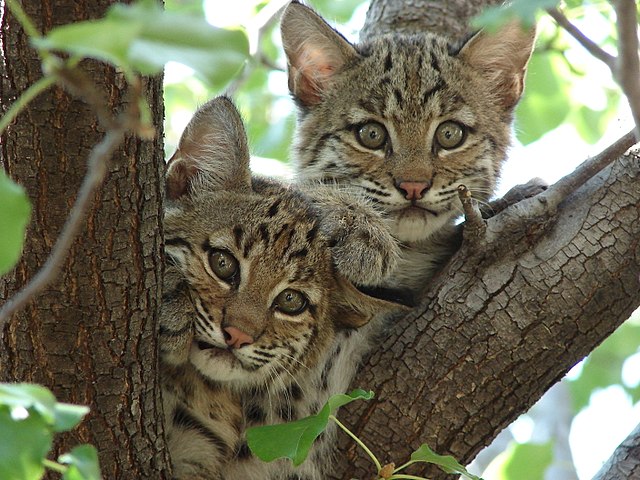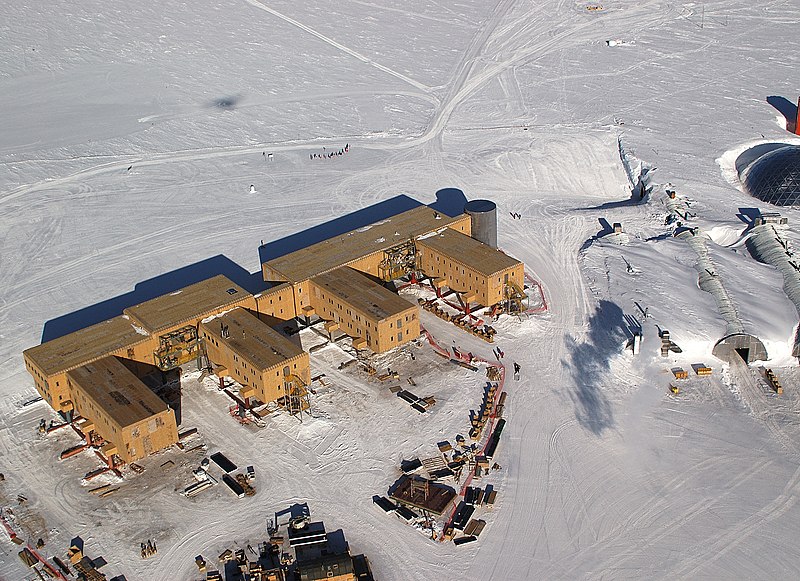We just learned about the Jaguarundi.
Another type of wild cat is the Bobcat.
This cat is usually a little over 4 feet long, and about 2 feet tall.
They weigh about 40 pounds, and they have a short little tail.
Because their tail is short, or "bobbed" they got the name of Bobcat.
A Bobcat's fur is usually grey or brown, with black lines on it's body.
The tips of their ears have short black tufts and are black tipped and pointed.
For a cat, their faces look extra wide because the sides of their faces have fur sticking out.
Bobcats live in North America, in Mexico, the United States and Canada.
They can live anywhere from the swamps, to deserts, forests or mountains.




(from: wikipedia - bobcat)
Kid Facts - Blast from the past: Cannonball Jellyfish







